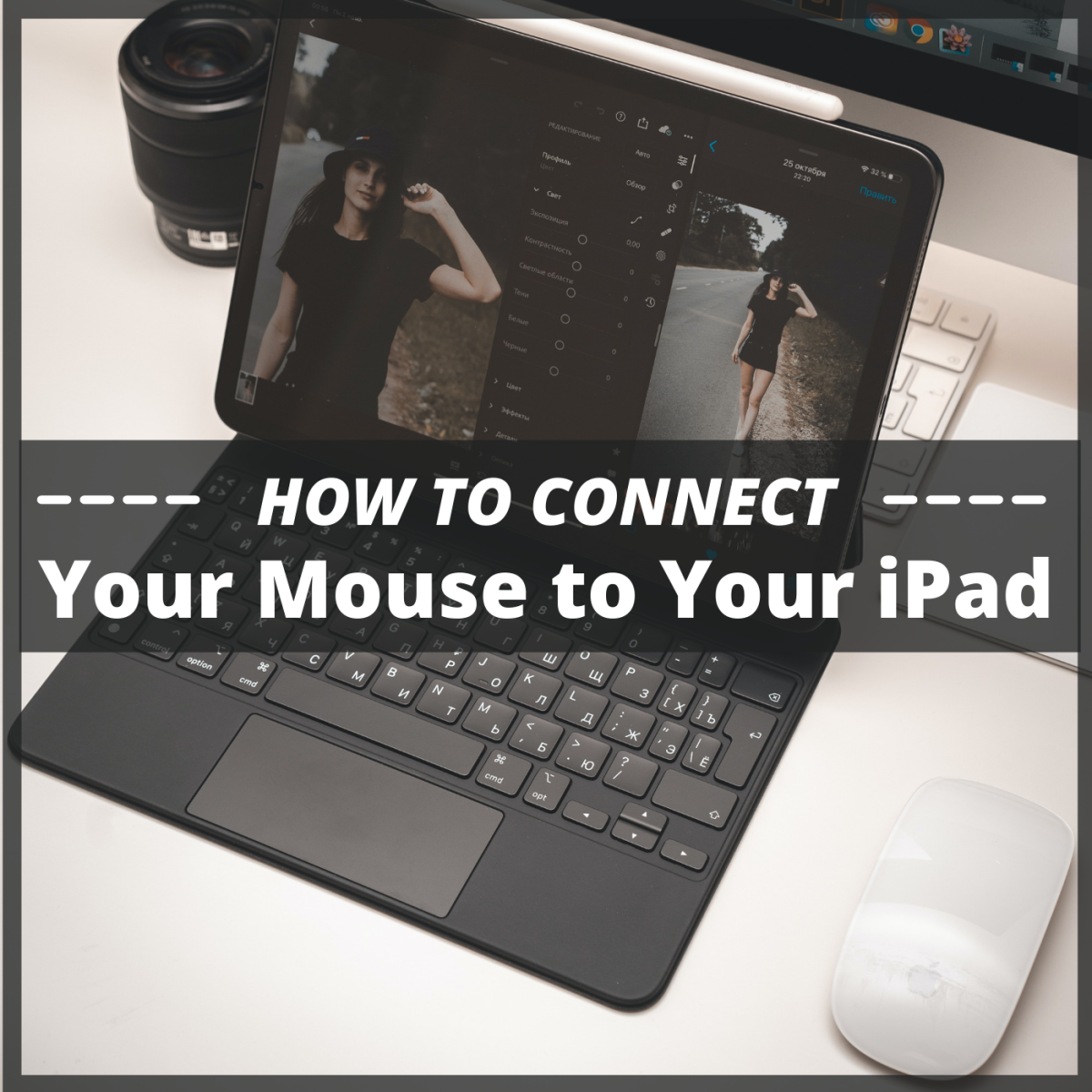photo hoteam via Unsplash; Canva
Using a Mouse With an iPad
Apple has long resisted adding mouse support to the iPad. After all, the iPad is a touchscreen device and everything you do on an iPad is optimized for touch. Yet, not everyone uses an iPad in the same way. Not everyone is able to interact with an iPad using touch, so when Apple added mouse support for the iPad, it did so as an accessibility feature. That means is was designed to support people who could not physically interact with the device in the same way an able-bodied person would. This wasn’t about mouse support per se—it was about trackball and joystick support for those who need additional accommodations in order to use an iPad. That being said, accessibility options are for everyone. You can choose to use whatever accommodation you want whether it was designed to meet your specific needs or not. I don’t say that in a selfish way; all I mean is that features that were designed for one specific group of people may well be adopted by another subset of people who will use them in a different way. Mouse support is one such feature.
How to Connect a Mouse to an iPad
The iPad can be controlled with a Bluetooth mouse or a USB mouse, (if you have the right adapter for your iPad), but it takes a little bit of time to set it up properly so that you can use it the way you want. Here’s how to connect a mouse to your iPad in iPadOS 13 or later. Photo by LinkedIn Sales Navigator on Unsplash If you tap on the name of your device, you will be able to select what happens when you press one of the buttons on your mouse. Each button that is recognized by your iPad is customizable. Left-click is probably one you want to leave as the default selection button (it does exactly what you would expect it to do), but consider your options for right-click and scroll wheel (middle button) clicks so that you can quickly navigate your iPad the way you want with a mouse.
How to Configure Your Mouse
By default, the mouse will probably not work exactly the way you want it, and part of the reason for that is that it is designed to replicate the functions of your finger on a screen. However, you can customize some of this to your liking, and the first thing you will probably want to do is turn off that black and white square that appeared on your screen when you turned on AssistiveTouch. You can do that by going to Settings > Accessibility > Touch > and turning off the option that says Always Show Menu. Below that, you will see the option to adjust your tracking speed. The default setting is a little fast for most people, so drag that slider left or right until you get a speed that suits the way you use a mouse. You can test the sensitivity by sliding the bar and then moving your mouse around the screen to see how fast it moves. Also in the AssistiveTouch menu is the option to choose a Pointer Style. Here you can adjust the size of your “cursor” as well as change the color and choose an auto-hide time for when your pointer is inactive. The default size could be a little larger than you might want, but this is all about personal preference, so it is great that you have the option to adjust this to your liking. As far as scrolling goes, you are stuck with Apple’s “Natural Scrolling” option. This is the default setting for new Macs, and it means that moving the scroll wheel towards you will make the page go up, while moving it away from you makes the page go down. This is the complete opposite of how I have my mouse configured on a laptop, but it is something you just get used to when using a mouse with your iPad. There is currently no option to change this.
The Best iPad Mouse
5. Tips for Using a Mouse With an iPad
What Do You Think?
Are you using a mouse with your iPad? Do you have tips to share or a mouse to recommend? Maybe you have a question about how best to use a setup like this for your work. Share your thoughts, comments and experiences in the comments below. Photo by Alexandar Todov on Unsplash This content is accurate and true to the best of the author’s knowledge and is not meant to substitute for formal and individualized advice from a qualified professional. © 2019 Jonathan Wylie


